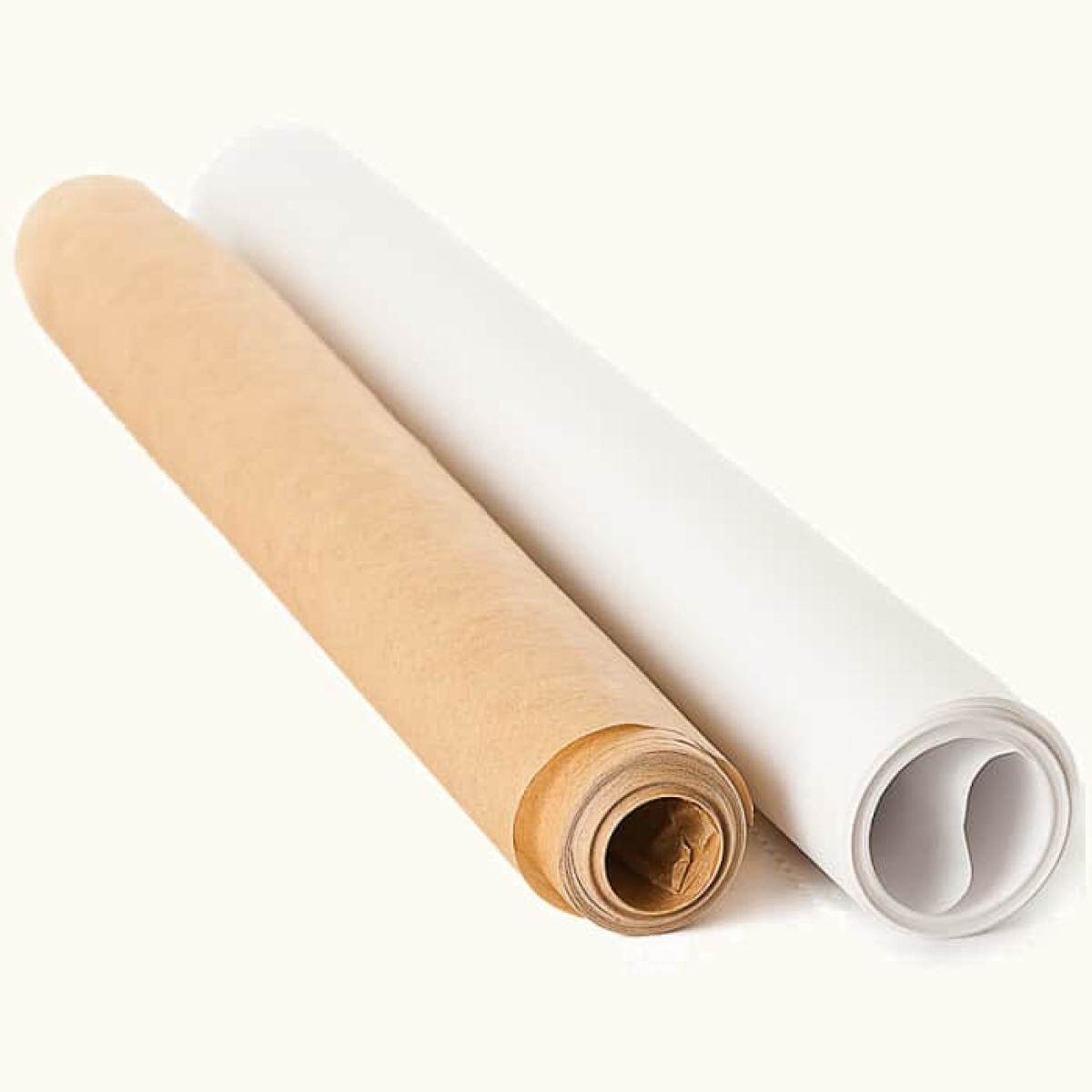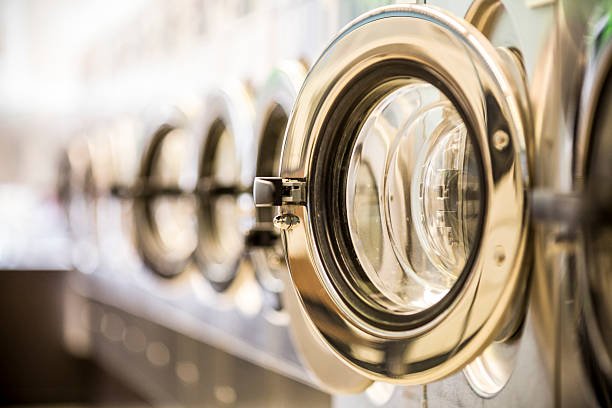Understanding Parchment Paper Temperature: Your Guide to Safe Baking
Understanding parchment temperature is crucial for anyone involved in baking, cooking, or food preparation. paper is designed to withstand high heat, making it an ideal lining for baking sheets and pans. Generally, parchment can endure temperatures up to about 420°F (216°C), though this can vary slightly by brand. When exposed to higher temperatures, the paper may start to brown or burn, affecting both the cooking process and the appearance of the food. It’s essential to note that while paper can handle high heat, it is not intended for use in direct flame applications, such as broiling. For best results, it’s advisable to follow the manufacturer’s guidelines and avoid using paper for frying or grilling directly over flames. When using parchment in the oven, ensure it doesn’t touch the heating elements or sides of the oven, as this can lead to smoking or combustion. If you’re using parchment for crafts or printing, the temperature guidelines might differ, but it’s typically safe to use in most home ovens. Additionally, some bakers prefer to use paper in combination with aluminum foil for recipes requiring higher temperatures or longer baking times, as this can offer additional protection and insulation. Ultimately, understanding the temperature limits of custom parchment paper helps ensure successful cooking and baking experiences, allowing you to achieve perfectly baked goods without the risk of damaging your materials.
Parchment Paper for Printing
Material paper for printing is an inventive answer for making remarkable and tastefully satisfying records, solicitations, or artworks. This sort of material paper is explicitly intended to be viable with inkjet and laser printers, permitting clients to print great pictures and text straightforwardly onto the paper. Accessible in different surfaces and gets done, material paper can raise the vibe of any literature, giving it a complex and exquisite appearance. While utilizing material paper for printing, it’s crucial for select the right weight and thickness to guarantee it takes care of flawlessly through the printer without sticking. Regularly, a load of around 24 lb to 32 lb is great for most printers. Prior to printing, it’s prudent to change printer settings to oblige the extraordinary attributes of material paper, for example, choosing a reasonable paper type and changing the print quality for ideal outcomes. Furthermore, directing a test print on normal paper can assist with checking the format and configuration prior to utilizing the more costly material paper. This technique forestalls squander and guarantees that the eventual outcome lives up to assumptions. The outcome is delightfully printed materials that can be utilized for weddings, extraordinary occasions, or individual tasks, giving a hint of tastefulness and innovativeness. Whether making solicitations, menus, or fine art, material paper for printing is a flexible choice that adds a refined touch to any printed project.
Parchment Paper Texture
Parchment paper texture is one of its defining features, contributing to its unique aesthetic and functionality. This paper is characterized by a slightly crinkled and smooth surface that not only enhances its appearance but also serves a practical purpose in baking and cooking. The texture allows for easy release of baked goods, making it an excellent choice for lining pans and baking sheets. Its non-stick qualities help prevent food from adhering to the surface, making cleanup a breeze. paper comes in various finishes, including smooth, waxy, and rough textures, each suitable for different applications. For instance, the more textured parchment may provide a rustic look for crafts or invitations, while a smoother finish is ideal for baking or printing. The subtle texture of paper also allows it to absorb moisture, making it a suitable choice for wrapping food items and maintaining freshness. In addition to its functional benefits, the texture of parchment adds a visual element to presentations, enhancing the overall appeal of dishes or crafts. Whether used in cooking, baking, or crafting, the paper texture plays a vital role in both aesthetics and performance, providing users with a reliable and stylish option for various projects.
Parchment Paper Max Temp
The material paper max temp is a fundamental thought for anybody utilizing this adaptable kitchen apparatus in cooking and baking. By and large, material paper is evaluated to endure temperatures up to around 420°F (216°C) without undermining its honesty. This temperature cutoff can shift marginally contingent upon the particular brand and kind of material paper, so counseling the maker’s rules for accurate recommendations is dependably savvy. Surpassing the most extreme temperature can prompt staining, consuming, or even the arrival of smoke and exhaust, making it urgent to screen stove settings. For baking applications, utilizing material paper inside its protected temperature range guarantees in any event, cooking and forestalls staying, considering impeccably heated merchandise. Nonetheless, it’s critical to take note of that while material paper is appropriate for most baking techniques, it ought not be utilized straight over an open fire or in searing circumstances, as these circumstances can undoubtedly outperform its greatest temperature and lead to fire dangers. A few bread cooks like to utilize material paper related to aluminum foil for recipes requiring higher temperatures, offering extra protection and insurance. By sticking to the suggested max temperature for material paper, clients can accomplish fruitful baking and cooking results while guaranteeing wellbeing and quality.
Parchment Paper Temp
Parchment paper temp is an important factor to consider when using this essential kitchen supply for baking and cooking. Typically, paper can endure temperatures of up to approximately 420°F (216°C), making it suitable for a wide range of baking applications. This temperature threshold allows for versatile use in the oven, such as lining baking sheets, wrapping food for cooking, or even creating en papillote dishes. However, users should be cautious, as exceeding this temperature can lead to the parchment browning or burning, negatively impacting both the food and the cooking process. It’s crucial to avoid direct contact with heating elements or flames, as this can cause the paper to ignite. For safety, bakers and cooks should always refer to the specific instructions provided by the manufacturer regarding the temperature limits of their parchment. Additionally, when using paper for tasks outside of baking, such as crafting or printing, the temperature guidelines may differ. Regardless of its application, understanding the safe temperature range for parchment helps ensure optimal performance and results. With its heat-resistant properties, paper remains a go-to choice in kitchens, making it easier to prepare delicious meals while minimizing cleanup and maximizing presentation.
Reusable Parchment Paper
Reusable material paper is an inventive and eco-accommodating option in contrast to customary single-use material paper, giving a manageable choice to baking and cooking fans. Produced using great materials, reusable material paper is intended to endure high temperatures, frequently up to 425°F (218°C), considering flexible use in different cooking applications. Not at all like customary material paper, which is normally disposed of after one use, reusable material paper can be washed and reused on numerous occasions, altogether lessening waste and natural effect. This toughness is supplemented by its non-stick properties, guaranteeing that heated products discharge effectively, and it tends to be cleaned easily with cleanser and water or in the dishwasher. Accessible in different sizes and shapes, reusable material paper is great for covering baking sheets, container, or in any event, for use in air fryers and microwaves. Furthermore, it is frequently produced using silicone-covered materials that are liberated from unsafe synthetic compounds, settling on it a protected decision for food readiness. As additional customers become mindful of the significance of manageability in their kitchen rehearses, reusable material paper offers a brilliant arrangement that consolidates reasonableness with natural obligation. By coordinating reusable material paper into their cooking schedule, clients can partake in the advantages of simple cleanup and worked on baking outcomes while adding to a more practical future.
Best Parchment Paper
Choosing the best parchment can significantly enhance your cooking and baking experiences, making it an essential item for any kitchen. The best paper typically features a high heat resistance, allowing it to withstand temperatures up to 420°F (216°C) without browning or burning. Look custom wax paper for parchment that is unbleached and free from harmful chemicals, as this ensures safety during food preparation. A quality paper will also have excellent non-stick properties, preventing baked goods from sticking to surfaces and making cleanup a breeze. The thickness of the paper is another important factor; thicker paper is more durable and can handle heavier items without tearing. Some of the best parchment come pre-cut in various sizes, making them convenient for immediate use without the hassle of cutting. Additionally, brands that offer customizable options, such as printable paper, can add a unique touch to your culinary creations. When selecting the best parchment paper, consider your specific needs, whether it’s for baking, cooking, or crafting. By investing in high-quality paper, you can enjoy better results in your baking endeavors and make your food presentation more appealing, ultimately enhancing your overall culinary experience.






